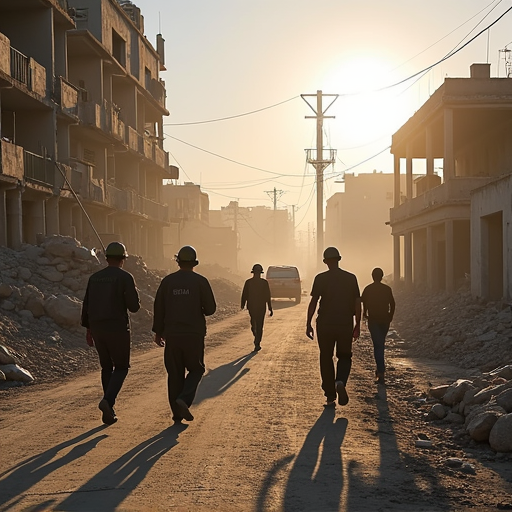
Rebuilding Gaza: Engineering Challenges After Conflict
The Gaza Strip, a region marred by decades of conflict, faces unprecedented challenges in rebuilding its infrastructure, hospitals, and schools. The recent ceasefire in early 2025 has allowed displaced civilians to return, but the scale of destruction is staggering. Estimates suggest that clearing over 50 million tonnes of debris and unexploded ordnance could take up to 21 years, with rebuilding costs projected in the tens of billions of dollars.
International Supervision and Controversial Proposals
International efforts to rebuild Gaza are underway, but political tensions complicate the process. A controversial proposal by former U.S. President Donald Trump to "take over" Gaza and transform it into a "Riviera of the Middle East" has drawn widespread criticism. The plan, which includes forcibly relocating Palestinians, violates international law and has been met with resistance from Arab states and humanitarian organizations.
Infrastructure and Humanitarian Needs
Rebuilding Gaza’s infrastructure is a monumental task. Hospitals and schools, critical for the region’s recovery, require immediate attention. The United Nations and other international bodies are coordinating aid, but funding and logistics remain significant hurdles. The involvement of local engineers and workers is crucial to ensure sustainable development.
The Road Ahead
Despite the challenges, there is hope. Collaborative efforts between local authorities, international organizations, and donor countries could pave the way for a brighter future. However, political stability and long-term commitment are essential to avoid repeating cycles of destruction and reconstruction.
